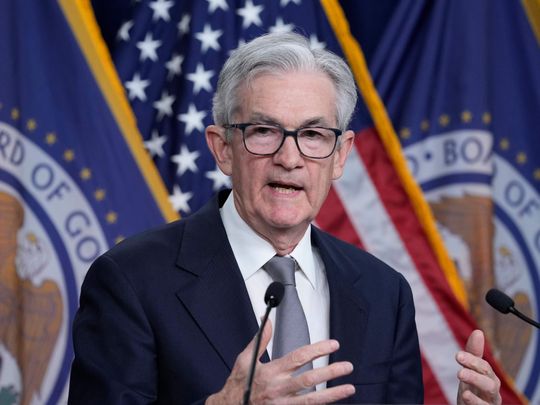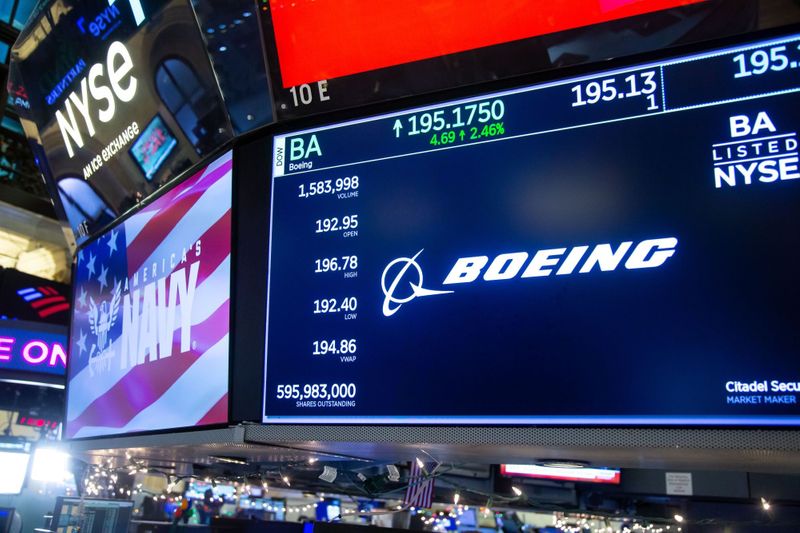
The US Federal Reserve, European Central Bank (ECB), and Bank of Japan (BOJ) are all considering their next moves regarding interest rates.
The Fed is leaning towards a rate cut. The ECJ is maintaining flexibility and the BOJ is signaling a potential rate hike.
Most members of the Fed's rate-setting committee recently indicated "the time has come" to cut rates. The rate-setting body under the ECB, for their part, said they are open to cutting interest rates – though they remain cautious about inflation uncertainty.
The BoJ, on the other hand, said it is prepared to raise interest rates if economic conditions warrant it.
These decisions may change, depending on developments and how the monetary authorities read key economic data.
This aggressive monetary policy was primarily aimed at combating soaring inflation rates, largely driven by factors such as the COVID-19 pandemic, supply chain disruptions, and increased consumer demand.
Rate setting: It is the Fed's primary tool for influencing the economy. By raising this rate, the central bank makes borrowing more expensive, which can slow down economic activity and, in turn, reduce inflation.
2022: The Fed began its rate-hiking cycle in March 2022. The pace of increases initially accelerated, with multiple consecutive meetings resulting in significant rate hikes.
2023: The Fed continued its aggressive stance throughout 2023, aiming to bring inflation back to its target of around 2 per cent.
2024: While the pace of hikes slowed down in 2024, the Fed maintained its target federal funds rate at a relatively high level, indicating a continued focus on controlling inflation.
What happens following a policy rate cut?
The ripple effects of any policy rate move can only happen when central banks pull the trigger to either cut or raise rates.
A rate cut could have a number of immediate effects on the economy:
Cheaper borrowing costs:
Lower interest rates make borrowing more affordable for businesses and consumers. This can stimulate economic activity as businesses invest in new projects and consumers purchase goods and services.

Increased investment:
With lower borrowing costs, businesses may be more inclined to invest in capital goods, research and development, and expansion projects. This can lead to job creation and economic growth.
Stimulated consumption:
Consumers may be more likely to borrow money to make purchases or refinance existing debt at lower interest rates. This can boost consumer spending and drive economic growth.
Weakening currency:
A lower interest rate can make a country's currency less attractive to foreign investors. As a result, the currency may depreciate, making exports more competitive and imports more expensive.
Potential for inflation: If the economy is already operating near full capacity, a rate cut could lead to increased demand and higher prices, potentially causing inflation.
What about stock prices?

While a rate cut can generally have a positive impact on stock prices, the effect can vary depending on several factors, including:
Economic conditions:
If the economy is already strong and growing, a rate cut may have a limited impact on stock prices.
Corporate earnings:
If corporate earnings are expected to be strong, a rate cut can boost investor confidence and drive up stock prices.
Market sentiment:
Overall market sentiment can also influence how investors react to a rate cut. A policy rate cut can have several immediate effects on the economy, including cheaper borrowing costs, increased investment, stimulated consumption, a weakening currency, and potentially higher inflation.
The impact on stock prices, however, will depend on various factors and may not be immediate or uniform.
Studies on the effects of policy rate cuts
The literature on the effects of policy rate cuts is vast and complex, and there are varying perspectives on the potential benefits and drawbacks of such policies.
Following are a few examples of studies on the effects of policy rate cuts:
In their landmark 1995 research ("Inside the Black Box: The Credit Channel of Monetary Policy Transmission", published in 1995 in The Journal of Economic Perspectives), Ben Bernanke and Mark Gertler explored how monetary policy should respond to fluctuations in asset prices – including the potential of asset “price bubbles”.
They presented a model which suggests that a significant positive bubble raises the risk of a sharp market correction, which could eventually curb demand and overall economic activity.
“Without an appropriate policy response, the resulting economic downturn could be severe,” they warned, citing the possibility of weakened balance sheets, greater financial distress, further depress asset prices – and widen bond market spreads.
A wider bond market spread (i.e. between a risky bond like a corporate or emerging market bond and a safe benchmark bond, like Treasury bills) indicates investors are demanding a higher return to compensate for the increased risk of default. For businesses and governments, wider spreads could mean higher interest rates on their debt.
Bernanke and Gertler highlighted the monetary authorities’ stabilisation policy role.
'Lean against the wind'
In “Monetary Policy and Financial Stability” a working paper authored by Claudio Borio (2014) and published by the Bank of International Settlements, he examined how monetary policy and financial stability are closely intertwined, as monetary policy can influence financial stability, and vice versa.
Borio emphasises the importance of understanding "financial cycles", which he argues are often longer and more disruptive than "business cycles". He warned that prolonged periods of low interest rates can lead to excessive risk-taking by financial institutions. This, he added, can increase the likelihood of financial crises, which could trigger action from regulators.
Borio then argues that monetary policy should be used to "lean" against financial booms, even if inflation is low. This can help prevent the buildup of what he called "systemic risks" as traditional inflation targeting may be too short-sighted, and central banks should consider a longer policy horizon to account for financial stability risks.
So is it good to take out a loan when rates are down?
Yes, it can be advantageous to take out a loan when central banks cut interest rates. Lower rates make borrowing cheaper, reducing the cost of debt and increasing affordability. For personal loans, this can be particularly beneficial for large purchases like homes or vehicles.
However, before making a decision, it's essential to consider a number of factors, including:
- Your personal financial situation,
- Your debt-to-income ratio, and
- The specific terms of the loan.
At least 2 studies support this idea:
A study by the Federal Reserve Bank of New York found that lower interest rates can stimulate economic growth by encouraging borrowing and spending. This can lead to increased demand for goods and services, which can in turn lead to job creation and higher wages.
Research from the National Bureau of Economic Research has shown that lower interest rates can have a positive impact on housing affordability. For example, by reducing the cost of borrowing, lower interest rates can make it easier for people to purchase homes, which can boost the housing market and overall economic activity.
Example: If your total monthly debt payments are $100 and your gross monthly income is $500, your debt-to-income ratio is 20% (100 ÷ 500 = 0.20).
A high debt-to-income ratio indicates that a significant portion of your income is going towards debt payments, which may affect your eligibility to borrow more.
It's important to note, however, that while lower interest rates can be beneficial, they may not always be the best option for everyone.
Factors such as your income, debt-to-income ratio, and long-term financial goals need to be also considered carefully.
[Note: This information is not intended as investment or financial advice. Please seek advice from a professional advisor to make informed decisions about your personal circumstances.]








